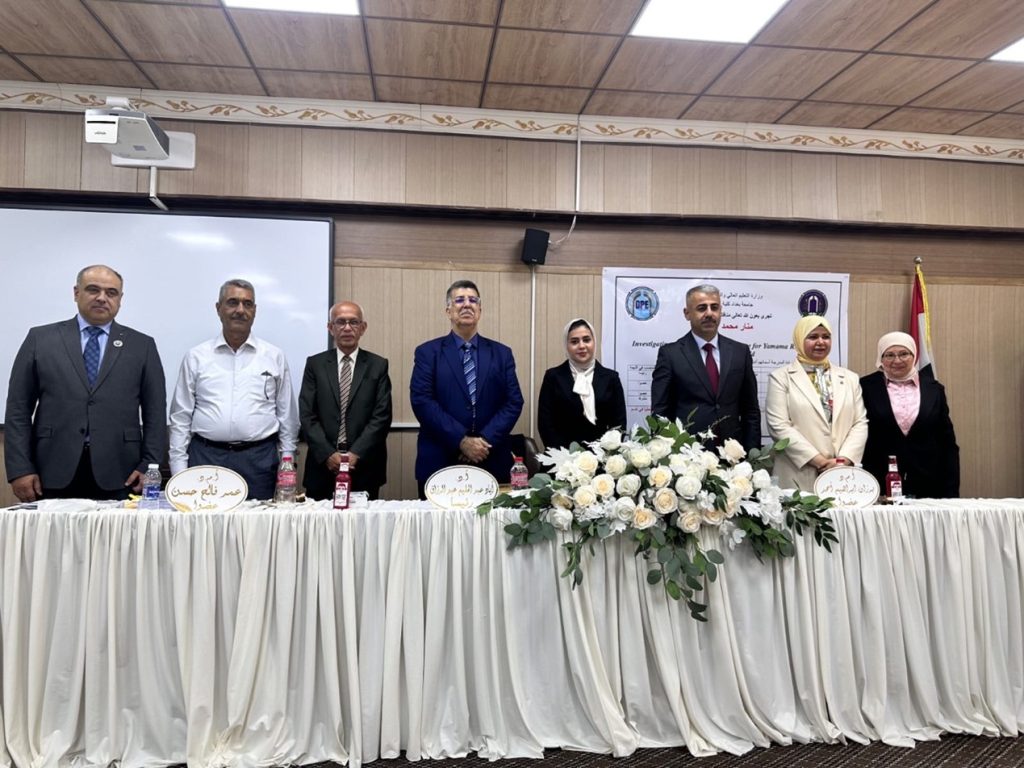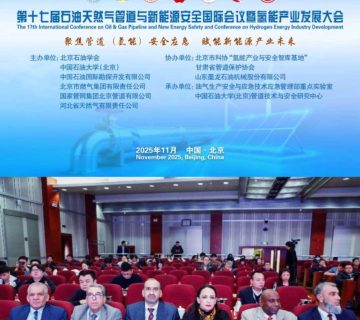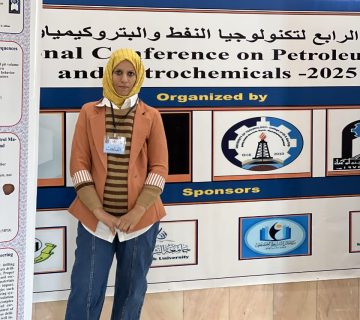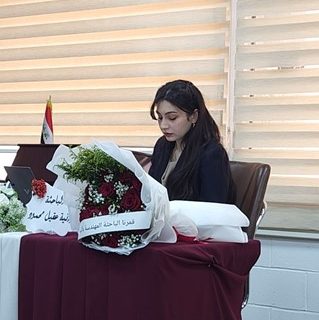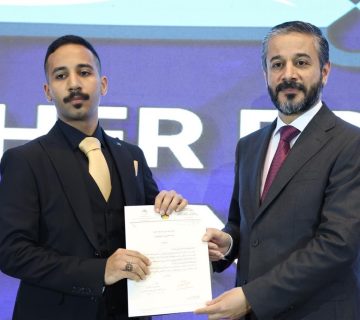College of Engineering at the University of Baghdad has made a public debate for the MSc student (Manar Mohammed Amir Fayyadh) in the Department of Petroleum Engineering (DPE) for her thesis titled (Investigating the Pressure Performance for YamamaReservoir in Faihaa Oil Field) on Thursday (13th June 2024) in the Postgraduate Studies Hall of the DPE. The committee was composed of the following:
Prof. Dr. Ayad Abdulhalim Abdulrazaq University of Baghdad/ College of Engineeing/ Department of Petroleum Engineering (Chairman)
Asst. Prof. Dr. Omar Falih Hasan University of Baghdad/ College of Engineeing/ Department of Petroleum Engineering (Member)
Dr. Barzan Ibrahim Ahmed University of Baghdad/ College of Engineeing/ Department of Petroleum Engineering (Member)
Asst. Prof. Dr. Dalia Abdulhadi Abdullateef University of Baghdad/ College of Engineeing/ Department of Petroleum Engineering (Supervisor)
The thesis tackled:
ABSTRACT
Reservoir pressure plays a significant role in all reservoir and production engineering studies. It is crucial to characterize petroleum reservoirs by detecting fluidmovement, computing oil in place, and calculating therecovery factor. Knowledge of reservoir pressure is crucial for predicting future production rates, optimizingwell performance, or planning enhanced oil recoverystrategies.
Faihaa oil field is located within the area of exploration(Block-9) in southeastern Iraq near the Iraq-Iran border. It is the west flank of the same anticline of the Iranian field(Yadavaran). Yamama Formation is one of the largestreservoirs in the southern portion of Iraq. It is a heterogeneous carbonate reservoir with a thickness of upto 400m divided into Yamama Upper and YamamaLower.
This study aims to investigate the pressure performance of the Yamama reservoir in the Faihaa oil field, a border field-sharing reservoir with the Yadavaran field, to identify the difficulties and challenges related to frontier fields. The main challenge in reservoir management arises when production begins in one field area before the other, leading to uneven pressure depletion and fluid movement across the borders. This is the same case for the Yamama reservoir, as production started in Yadavaran three yearsbefore it began oil field.
This study outlines the workflow to overcome certain technical challenges that limit reservoir understanding, such as the lack of the Iranian side reservoir properties,production, and pressure data. The suggestion was tohandle these challenges in two stages: the first stage was to create a production profile for the Iranian part of the field by using relevant key factors such as the total number of wells, initial production rates, and the decline rate. Stage two involved using Yadavaran wells’ bestproduction scenario and Faihaa wells’ production historyto match the oil production rate, water cut, bottom holeflowing pressure, and static pressure for Faihaa wells. Average pressure maps were then created to determine the pressure distribution in Yamama, identifying the impact of Iranian production and that of both parts.
The self-organizing map (SOM), which is an unsupervised machine-learning technique, was used forthe topological mapping of the input space into clusters.By analyzing data obtained from twenty-six wells, theSOM forecasted the existence of five distinct electrofacieswithin the reservoir. The use of sequential indicatorsimulation (SIS) allowed for an accurate representation ofthe spatial distribution of facies and the incorporation of statistical characteristics derived from variogram analysis. Porosity, water saturation, and permeability were distributed throughout the wells using variogram analysisfor each facies. The Sequential Gaussian Simulation (SGS) algorithm was used to build the petrophysicalmodels. The dynamic model was created using fluid androck properties, including fluid properties from one well(FH-2), and normalized relative permeability curvesassigned to their respective facies.
The average pressure maps indicate a significant depletion of 725 to 450 psi in the Yamama reservoir pressure in Faihaa before it began producing, mainly due toproduction from Yadavaran. This depletion increased to more than 2000 psi when Faihaa wells started producing. The data also revealed that the highest depletion occurred in layers YA1, YA2, and YA3.1, while lower depletion was noticed in YA3.2, YA4, and YB1. YB2 showed thelowest depletion compared to other Yamama layers and the results demonstrated good connectivity between the two parts of the field.


